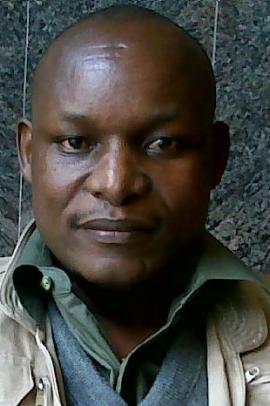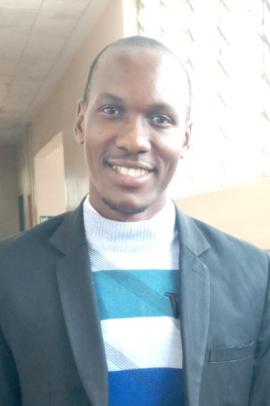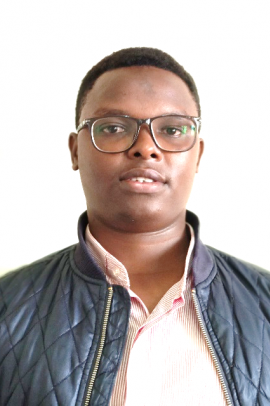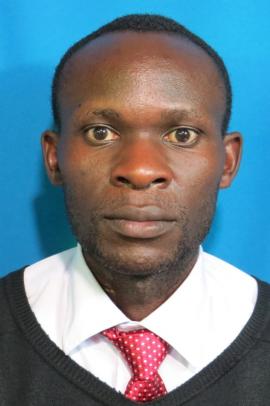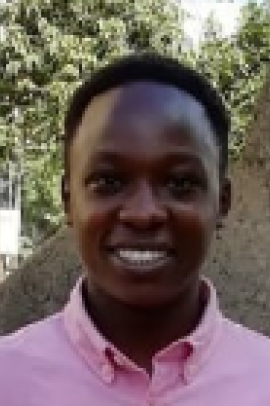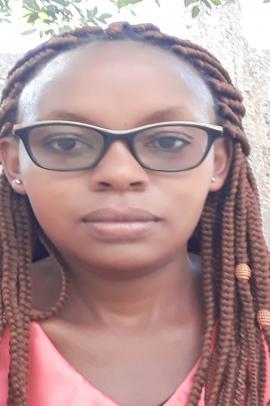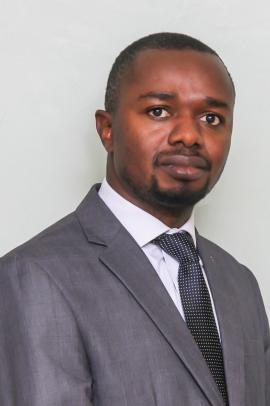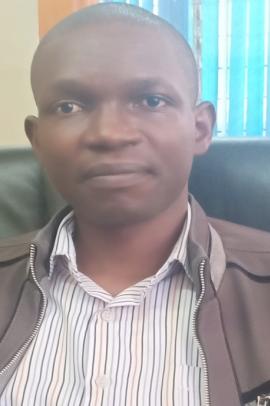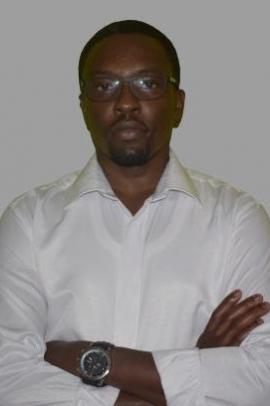KITHUI Lydia Mwari

I am Kithui Lydia Mwari from Nyeri County. I am married with two beautiful daughters Joy and Peace.
I have Studied Masters of Science in Geographic Information Systems from University of Nairobi [2018 – 2020].
I am a holder of a Bachelor’s Degree in Land Surveying from Technical University of Kenya [2013 – 2015] and Diploma in Land Survey from Kenya Institute of Surveying and Mapping [2006 – 2008].
Project Summary
CREATING A LAND INFORMATION SYSTEM IN KAMITI/ANMER BLOCK 4, KIAMBU.
A Land Information System (LIS) is a computer-based information system that enables the input, storage, management, analysis, output and dissemination of geographically referenced parcel-based data and information that is mainly at large mapping scales.
In Kenya, most of the land records are maintained in paper-based, manual form. This system of manual record keeping and maintenance is slow, cumbersome and inefficient, as the records exist in paper form thus the
storage, access and retrieval process is a challenge.
The project aims to show how LIS supports processes such as ownership, land valuation and land use. The main objective of the research is to create a LIS, supported by a geo-database that combines both non-spatial and spatial features of land parcels.
The methodology encompasses identification of spatial and non-spatial data, data collection, data processing and verification i.e., georeferencing, digitizing and topology, and finally the creation of a geo-database.
Kamiti/Anmer Block 4 estate, which is a part of Kiambu town, was used as a case study. Kiambu County has an urban population of 88,869 as of the 2019 census. Kiambu town is the capital of Kiambu County, which bounds the northern border of Nairobi.
A number of results were obtained from this study, namely; a designed database in Microsoft Access, a land use map, a cadastral map of the area of study showing parcels and their acreage, integrated database from Microsoft Access and ArcGIS software, and an overlay of cadastral data with road networks.
The study demonstrates the ease with which information can be retrieved using a digital LIS as opposed to the cumbersome manual-based process that is costly and error-prone. A number of queries were performed using the structured query language to illustrate the ease of access of information. Survey plan data such as area, spatial data and associated land information such as value, rates, rent, land-use and ownership were used to create the LIS database system.
The study concludes that the system provides reliable and easy system for collecting information, analysis, retrieval and updating pertaining to any particular plot of land, which is invaluable for efficient land management in Kenya.
The project should be extended to cover the whole of Kiambu County and later to the other counties of Kenya to be used to digitize and manage large datasets. The LIS across counties should be networked to enable sharing of data and reduce redundancy.
Research Supervisors
Dr. Collins Mwange

